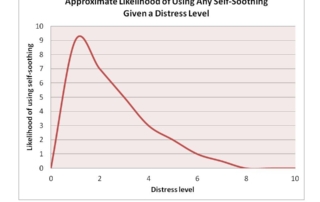Extinction Sleep Training: The Role of Distress
The premise behind extinction sleep training is that infants (and toddlers) are being taught to "self-soothe"; however, this ignores key points of what self-soothing abilities can be expected from children and how distressed they are at the time of separation. Instead of focusing on these extinction methods, gentler methods that respect where the child is developmentally should be considered.








